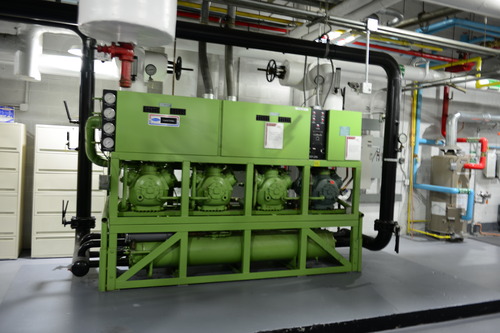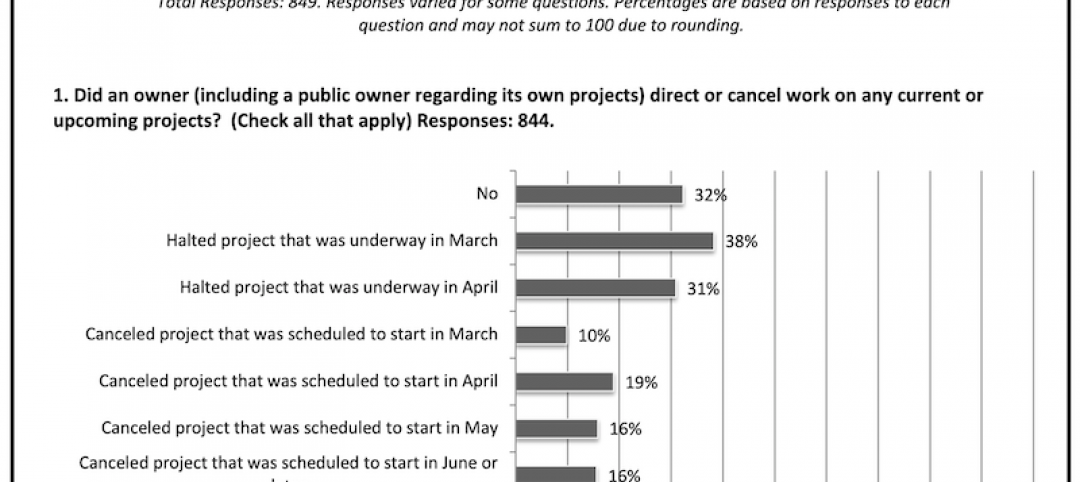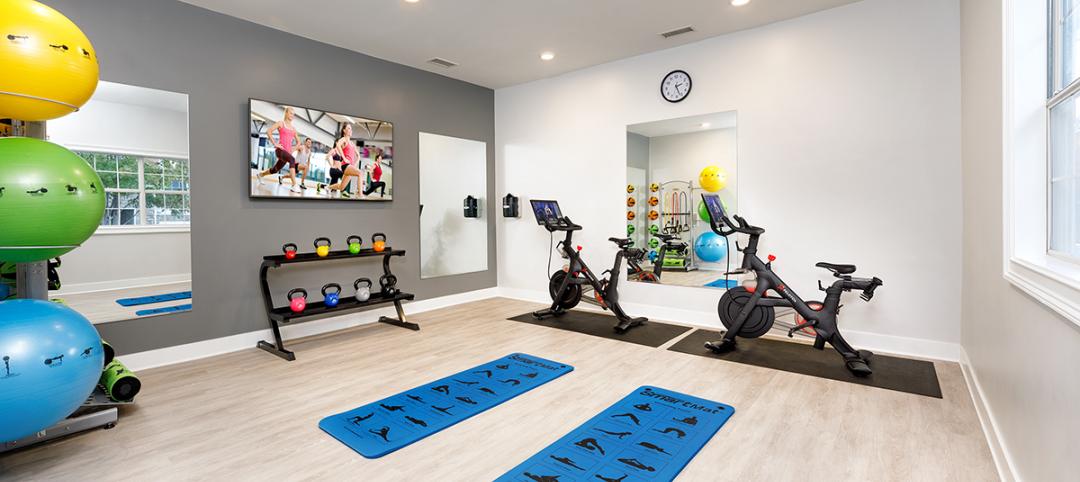"Operational stray" occurs when a building’s mechanical, electrical, or plumbing systems don’t work the way they should. As we’ll see, even the most well-designed and constructed building can stray from perfection—and that can cost the owner a ton in unnecessary utility costs. But help is on the way!
That help comes in the form of a report from the Natural Resources Defense Council. In “Real-time Energy Management,” NRDC’s Philip Henderson and Meg Waltner document the results of an eye-opening experiment.
Last year, NRDC convinced the Tower Companies real estate firm to have a couple of MEP consulting firms install energy meters and monitoring/alarm systems on the chillers and HVAC systems of three of its large office buildings in Washington, D.C. This setup gave Tower’s facilities staff real-time management of the buildings’ energy use over a one-year period.
The system enabled the building engineers to find problems they might never have discovered. In one building, faulty VAV controls were telling the chiller to turn on even though the building management system was signaling it to stay off. Early detection saved a lot of energy.
In another case, daily usage charts indicated that one chiller seemed to be cycling on and off for no good reason. The consultants alerted the building engineer, who found the water temperature to be well above the set point, triggering the chiller to shut off. The culprit? A blocked strainer that was restricting water flow to the chiller, causing the temperature to spike. The filter was cleaned, and the chiller returned to normal operation. There are numerous other examples of operational stray like these in the NRDC report.
How did this miracle cure pencil out? Total cost of setup and a year of operation for all three buildings: $144,320. Total energy savings: $218,703. Average energy savings: 13.2%.
But, you protest, Tower must have cherry-picked some real dogs for the experiment. In fact, the buildings had Energy Star scores of 71, 78, and 86 (out of 100). After a year in the program, their scores had improved to 87, 88, and 91.
More “typical” buildings likely would do even better. And the nice thing about the experiment is that, unlike an expensive retrofit, it was not all that disruptive to the buildings’ occupants. Why, then, don’t more building owners do what Tower did to attack the problem of operational stray? And what can AEC firms do to help them?
The answer to the first question is ignorance—and inertia. Unlike Tower, most commercial property owners either don’t realize how badly their buildings may be performing, or they couldn’t be bothered and just chalk up the extra costs.
As for what AEC firms can do, there are several opportunities. For one, engineering firms in particular might look at extending their business line to include services to deal with operational stray, especially in underserved markets.
AEC firms can also encourage their clients to include metering and notification systems in new and reconstructed buildings, in the certain knowledge that MEP systems, even in the most exquisitely designed and constructed buildings, will eventually fall victim to operational stray.
If a client doesn’t want to assume the extra cost of installing such systems, you should still make sure to design the building such that meters and monitoring systems can be easily and cost-effectively installed at a later date, should the building come into the hands of a more enlightened owner.
Send your comments to: rcassidy@sgcmail.com.
More from Author
Rob Cassidy | Mar 30, 2020
Your turn: Has COVID-19 spelled the death knell for open-plan offices?
COVID-19 has designers worrying if open-plan offices are safe for workers.
Rob Cassidy | Mar 25, 2020
Coronavirus pandemic's impact on U.S. construction, notably the multifamily sector - 04-30-20 update
Coronavirus pandemic's impact on U.S. construction, notably the multifamily sector - 04-30-20 update
Rob Cassidy | Nov 20, 2019
Word of the Year: "climate emergency," says the Oxford English Dictionary
The Oxford Word of the Year 2019 is climate emergency.
Rob Cassidy | Nov 8, 2019
The Peloton Wars, Part III - More alternatives for apartment building owners
ProForm Studio Bike Pro review.
Rob Cassidy | Nov 1, 2019
Do car-free downtown zones work? Oslo, yes; Chicago, no
Two recent reports (October 2019) explore whether car-free downtowns really work, based on experience in Oslo, Norway, and Chicago.
Rob Cassidy | Oct 9, 2019
Multifamily developers vs. Peloton: Round 2... Fight!
Readers and experts offer alternatives to Peloton bicycles for their apartment and condo projects.
Rob Cassidy | Sep 4, 2019
Peloton to multifamily communities: Drop dead
Peloton will no longer sell its bikes to apartment communities.
















